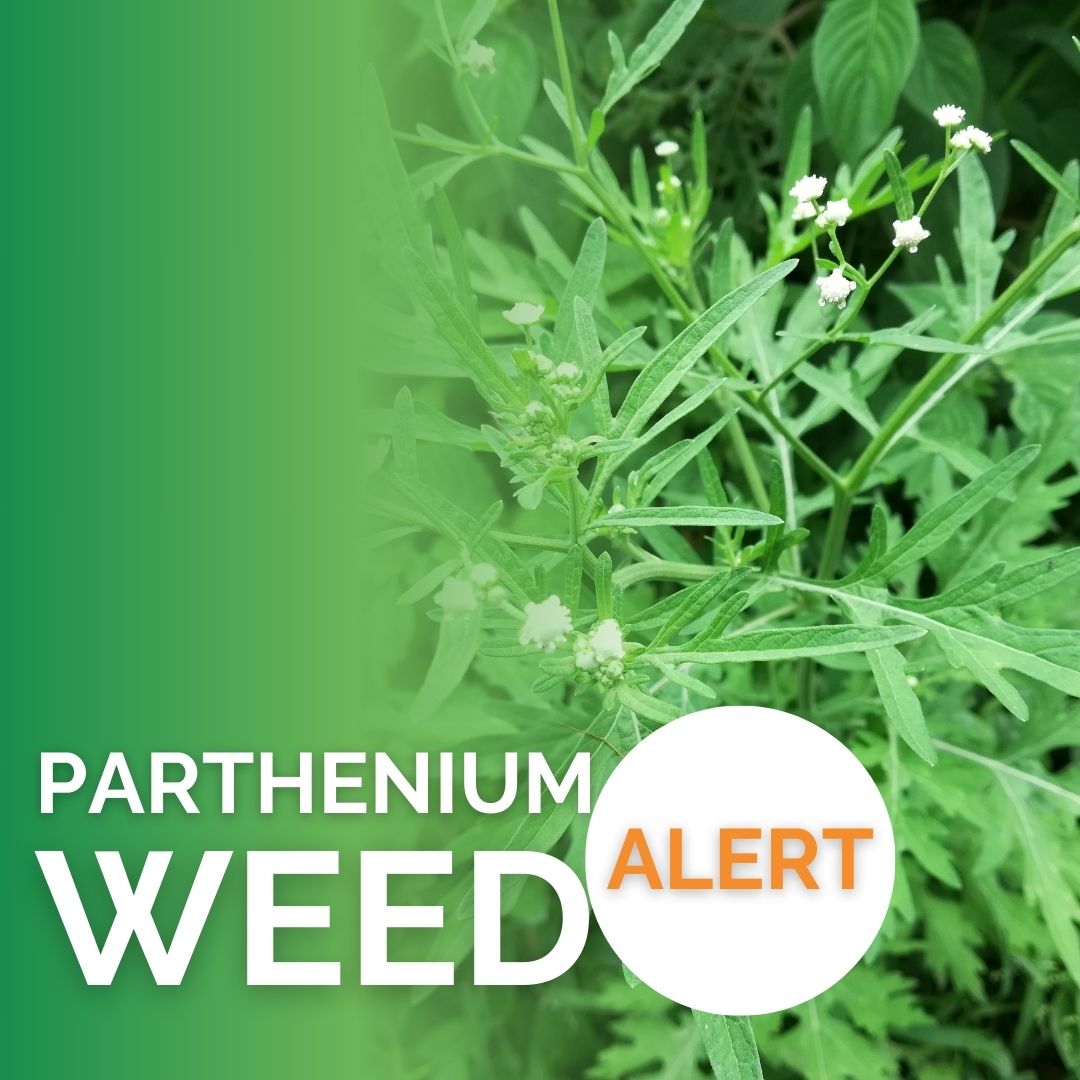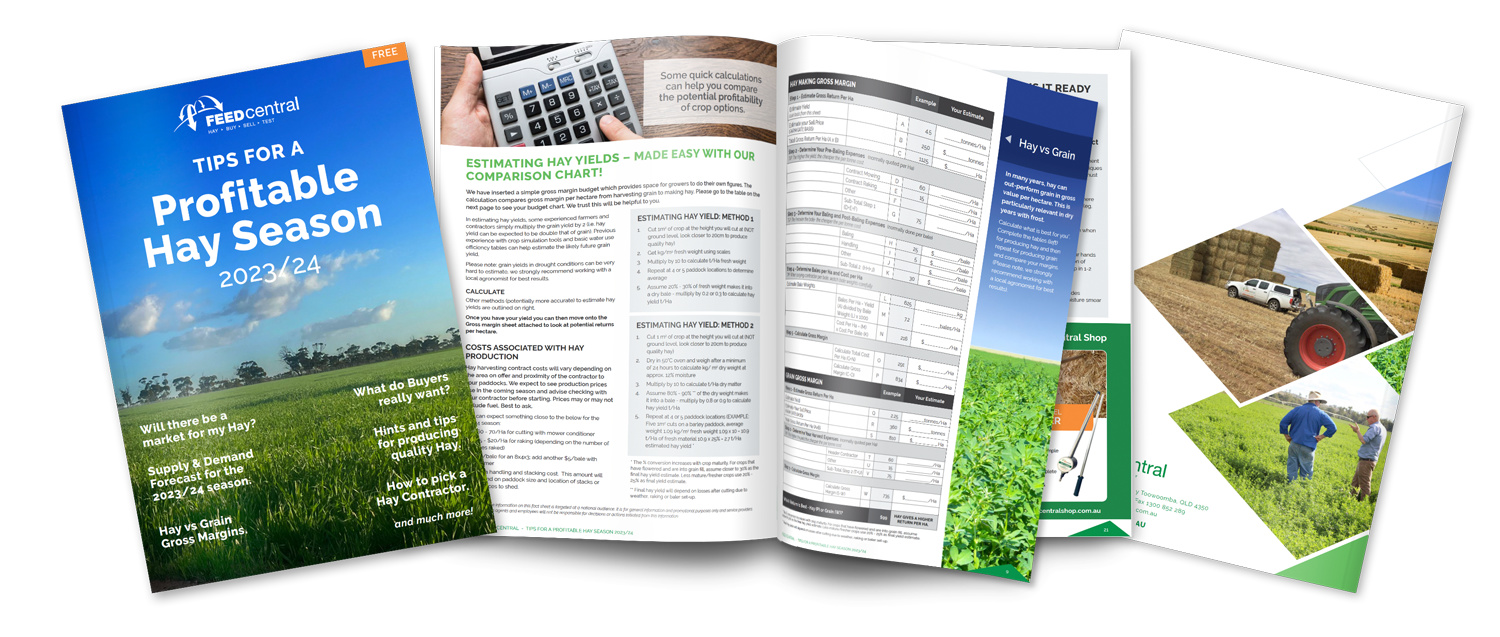It’s a question that most hay farmers wonder as their venture gets underway. Your crop is growing well and thoughts of how much your crop will yield are common questions. How many hay bales per acre can you achieve?
In general, 100 small square bales per acre is somewhat considered good, although many factors such as location, crop variety, rainfall and fertiliser all play a part in determining what the actual number will be.
This guide will further explain the above factors in more detail. We’ll also present you with estimates you can use to predict how much hay you’d harvest from 50 or even 100 acres of land. Keep reading!
How Many Large Bales of Hay Can You Get Per Acre?
You have a business to run, and that means having a reliable amount of product to accommodate for consumer demand. While manmade products can get halted by supply chain issues, nature-made products like hay can have far more interruptions.
A bad growing season or too little land are two such examples of what can interrupt your hay yield.
Keeping that in mind, there is no one right answer to the question of how a many large bales of hay you can get per acre.
If a large bale is defined as anything between 20kg – 30kg (and even for some farmers, that may be small!), then if you had an ideal season, the first round of cutting might yield 100 bales of hay per acre.
See our handy chart showing how much do hay bales weigh.
We must again mention the points from the intro, as they too can impact what kind of hay yield you’re looking at regardless of acreage.
Hay Species
Does your farm specialize in one type of hay or a multitude of types? Depending on the crops you’re growing, you can expect either a larger yield of hay cuttings or a smaller one.
For example, clover, lucerne, and other legumes like it do not have a very high yield. You could plant the same amount of fescue and timothy and get more cuttings to work with than you do those former two species.
So why grow clover or lucerne at all, you ask? It all has to do with the RFV or relative feed value scale. This scale determines where silages, grass hays, and legumes rank on a quality scale. It just so happens that legumes such as clover and Lucerne rank quite highly.
This is literally a case of quality over quantity, so you’ll have to decide which is more important to your business and your customers.
We can offer these feed tests to determine your hay quality.
Plant Stage When You Cut The Crop
You can cut hay three (and sometimes more) during its active growing season. The first cut is the best because the hay contains the most fiber. This is also when you’ll see tassels, which are hay flowers. Plus, the stems are thickest around the time of the first cut.
By the time you do the second cut, the hay has less fiber, but it is higher in protein. It’s also easier to cut hay the second time around because its texture is softer (its color is greener too, but that has nothing to do with cutting the hay).
The third cut of hay is thicker and greener still, with few if any stems and seed heads. The fiber content is the lowest in this third cut.
Depending on where the hay plant is when you cut it, you might end up with a decent yield or one that’s less than desirable. That’s why many farmers will calculate the average yield over a couple of seasons rather than just across a single season.

Weather
The weather can be a farmer’s best friend or biggest enemy.
Hay requires water, so in drought conditions, your crops could dry out and die. Yet if you get day after day of endless rain, the deluge could flood the crops and kill them that way.
Sunlight is another huge factor in the successful growth of hay crops. You’ll need as many days during the active growing season with direct sunlight as possible. If the growing season is riddled with overcast or dark days, then your yield will be disappointingly small.
Fertilizer
What kind of plant food are you feeding your hay crops? How you answer that question plays a big role in the number of bales of hay you can harvest per acre.
You should always plant hay species in organically-rich soil. Then, throughout the season, you must feed the crops with a fertilizer that contains balanced amounts of the macronutrients potassium, phosphorus, and nitrogen.
We recommend these fertilisers for the best results.
The latter macronutrient is especially important in triggering crop growth, but the former two are necessary as well.
There is such an issue as too much of a good thing, though. If you over-fertilize your crops, they could develop fertilizer burn. This damages the crops and could impede or even stop growth.
Growing Season Duration
In some parts of the world, growing hay is a more conducive activity than in others. For instance, in Australia, the conditions are right for hay, which explains why our country grows and exports so much of the stuff.
Yet in other parts of the world, the hay growing seasons are shorter. These farmers might not even get to cut the hay more than twice before the season wraps. This naturally leads to a smaller yield.
How Many Bales of Hay Can You Get from 50 Acres?
Recapping the information from the last section, one acre of land may produce 100 small square bales of hay weighing about 20kg a pop in optimal conditions. If you’re a small-scale operation, then 100 bales of hay might suffice, but many more hay importers and exporters want a larger supply than that.
This would be an instance of doing simple math. If one acre of land produces 100 bales of hay, then 50 acres would yield up to 5,000 bales. The bales would weigh at least 20kg each.
Keep in mind if you were making standard round bales, you may get 285 bales from 50 acres.
We must note again that the above factors such as weather, fertilizer, and the length of the active hay growing season all impact your overall yield. Some of these factors are yours to control, such as how often you fertilize your crops, but many more factors are up to Mother Nature to decide.
How Much Hay Will 100 Acres Produce?
If you have 100 acres of farmland and grow hay crops, how much hay will you yield?
By multiplying the 100 bales of hay on one acre of land by 100 acres, your farm could produce up to 10,000 20kg bales of hay.
You’d need a significant customer base which Feed Central are able to provide.
Conclusion – How Many Hay Bales Per Acre?
Growing hay is dependent on a handful of factors, everything from the species to the fertilizer you use and how long your growing season is. The weather can also make or break a hay growing season.
Thus, how many hay bales per acre will be different for just about every farmer. You should aspire to produce 100 bales, each of them 20kg. If your yield is smaller than that, then adjust the factors within your control. Hopefully, the next season will be more fruitful!
-
Why Does Hay Get Dusty And What Causes It?
Author Neville Janke Neville Janke is a qualified agronomist and Horticulturist with over 20 years of experience guiding farmers in the Agricultural and Horticultural industries. With this experience, Neville has been helping long-term users of Hay and grain to experience the Feed Central way of sourcing quality Feed for hungry cattle. View all posts

